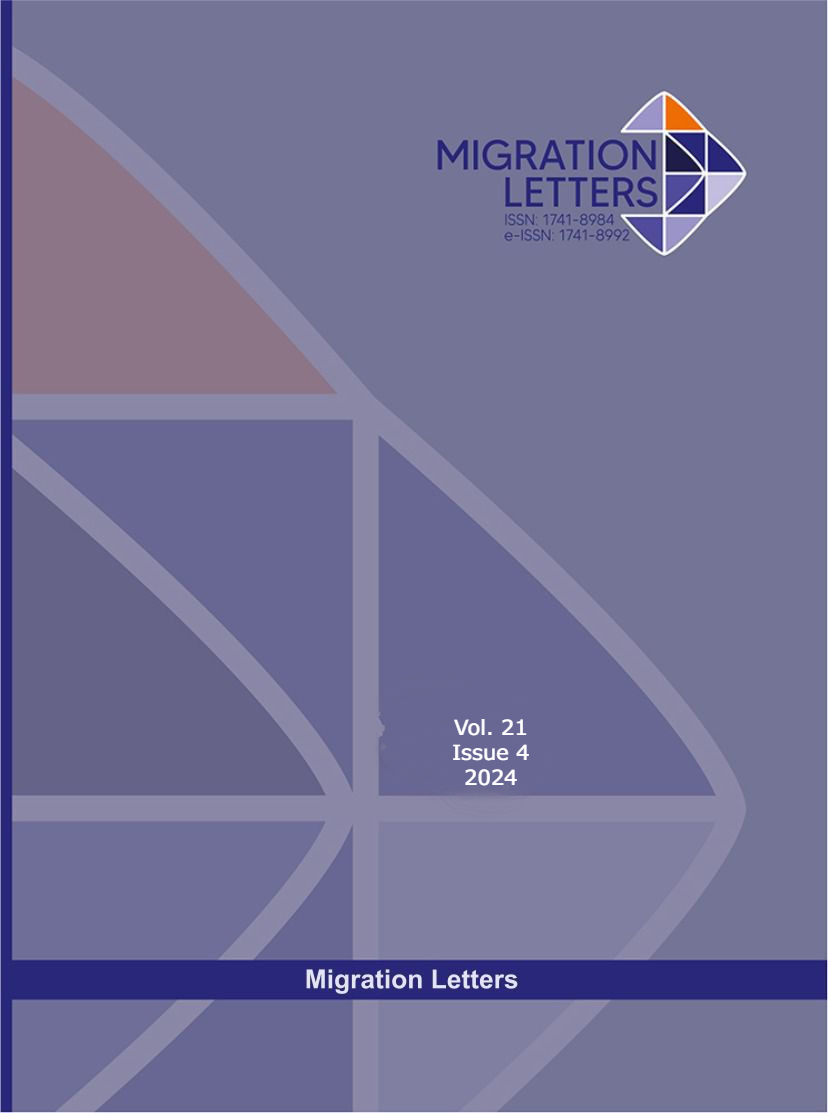The Use of Self-Initiated Repair Practices by Tertiary Level Students in Online EFL Speaking Classrooms
Abstract
This article discusses the results of a research study that employed Conversation Analysis (CA) to analyze self-initiated self-repair structures in online classroom discussions. The study's objective was to gain insight into the self-initiated repairs employed by English as a Foreign Language (EFL) learners. The data for the study were collected during the period of 2021-2022, with approximately 120 EFL students participating in the research. The students’ conversations were audio- recorded during listening and speaking online course. The classes were conducted via Blackboard. There were 427 sets of self-initiated repair instances produced by the students. The study utilized the CA approach as the theoretical framework. Both quantitative and qualitative analyses were conducted on the students' utterances. The results indicated that English learners from Saudi Arabia, studying English as a Foreign Language, utilize ten different self-initiated self-repair structures. These structures involve a range of actions, including substitution, insertion, deletion, searching, parenthesizing, aborting, sequence-jumping, recycling, reformatting, and reordering. The study also found that the most frequently used strategies employed by students during online EFL classrooms are aborting and replacing.
Metrics
Downloads
Published
How to Cite
Issue
Section
License

This work is licensed under a Creative Commons Attribution-NonCommercial-NoDerivatives 4.0 International License.
CC Attribution-NonCommercial-NoDerivatives 4.0






